Hadong Tea Museum (하동야생차박물관)
.0M 2022-08-05
571-25, Ssanggye-ro, Hadong-gun, Gyeongsangnam-do
+82-55-880-2956
The Hadong Tea Museum is located at the foot of Jirisan Mountain in Hadong, Gyeongsangnam-do. It aims to promote the tea culture of the area, the first tea producer in the nation, while advertising the quality and superiority of Hadong green tea. The center is located adjacent to the tea farming area and Ssanggyesa Temple, one of the most famous tourist attractions in Korea.
The museum features an exhibition hall explaining the history and culture associated with Korean tea, and an experience hall where visitors can enjoy hands-on programs like making tea and learning traditional tea etiquette, as well as a shop selling high-quality tea produced in the region. Every year, the museum also hosts the Hadong Wild Tea & Culture Festival every year.
Hadong Tea Cultural Center (하동야생차문화센터)
58.2M 2025-10-23
571-25, Ssanggye-ro, Hwagae-myeon, Hadong-gun, Gyeongsangnam-do
The Experience Hall of the Hadong Tea Museum is located in Unsu-ri, Hwagae-myeon, Hadong-gun, Gyeongsangnam-do. This annex of the museum is dedicated to hands-on programs. Main programs include a tea ceremony, a tea snack session (three-colored, sesame, and bean varieties), green tea seed accessory making, tea-leaf dyeing, make-your-own matcha class, tea-leaf picking, tea roasting, and a Doncha (compressed tea) experience.
Dosimdawon (도심다원)
999.3M 2025-10-23
51-2 Sinchondosim-gil, Hadong-gun, Gyeongsangnam-do
Hadong's tea fields, which are known as the thousand-year-old tea fields, are characterized by being wild rather than cultivated. Among the many tea gardens in Hadong, the one with the most beautiful and peaceful scenery is Dosimdawon. In “House on Wheels,” actor and singer Yim Si-wan and Girls' Generation Yoona sat in a pavilion and sipped green tea while looking out at the green tea fields stretched out below. Tea utensils and tea leaves in a picnic basket are available for rent so that you can brew your own tea.
Burilpokpo Falls (불일폭포)
1.3Km 2024-02-08
103 Mogap-gil, Hwagae-myeon, Hadong-gun, Gyeongsangnam-do
Situated 720 meters above sea level, Burilpokpo Falls stands as the tallest waterfall on Jirisan Mountain, boasting a x_height of 60 meters and a x_width of 3 meters. It features a distinctive two-tier structure, with the enchanting Yongchumot and Hangmot Ponds nestled below, adding to its profound natural allure. Conveniently located just 3 kilometers from Ssanggyesa Temple, it's an ideal spot to visit following a trip to the temple.
Hadong Ssanggyesa Temple (쌍계사(하동))
2.0Km 2024-03-08
59 Ssanggyesa-gil, Hadong-gun, Gyeongsangnam-do
Ssanggyesa Temple was founded on the southern foothills of Jirisan Mountain in 722 during the reign of Silla King Seongdeok. The temple is famous for the 6-kilometer stretch of cherry blossom trees that bloom each spring. The temple was originally called Okcheonsa Temple, but was changed to the current Ssanggyesa Temple in 887. The current temple buildings were all built in 1632, after having been burned down during the Imjin War (1592-1598). The temple grounds and nearby area feature many historic and beautiful attractions, including Burilpokpo Falls and a large tea plantation.
Hadong Wild Tea Cultural Festival (하동 야생차문화축제)
2.9Km 2025-07-11
571-25 Ssanggye-ro, Hadong-gun, Gyeongsangnam-do
+82-55-880-6583
The Hadong Wild Tea Cultural Festival is a fragrant celebration in Hadong, a region renowned for its green tea, historically known as the “king’s tea” due to its royal offerings. The Hadong 1000-Year Dahyang Trail is perfect for leisurely walks, connecting hills and tea fields with decked paths and narrow village roads. Following the successful “World Tea Expo 2023 Hadong, Korea,” the festival solidified Hadong’s reputation as a “tea-refreshing cultural city.” The diverse program includes tea cup busking, moving art galleries, music and art spaces, tea classes, book discussions, meditation and refreshing programs, and trekking on the 1000-Year Dahyang Trail, providing ample opportunity to fully experience Hadong and its tea culture.
◎ 1000-Year Dahyang Trail
Hadong’s proximity to the Seomjingang River results in frequent fog and high humidity, coupled with significant temperature variations, creating an ideal environment for tea cultivation. Historical records indicate that tea has been grown here for a thousand years, marking Hadong as the birthplace of Korean tea cultivation.
Jirisan National Park (Hadong Section) (지리산국립공원(하동))
3.4Km 2021-06-24
Hwagae-ro, Hadong-gun, Gyeongsangnam-do
+82-55-883-1750
Designated as the first national park in Korea on December 29, 1967, Jirisan National Park stretches out over 483.022 square kilometers, making it the largest national park among all 22 national parks. It covers Korea’s three southernmost provinces; Gyeongsangnam-do, Jeollanam-do, and Jeollabuk-do, one city, four counties, and 15 districts of eup and myeon. The area in Gyeongsangnam-do has many temples including Ssanggyesa Temple and Chilbulsa Temple, as well as valleys, falls, and other tourism resources.
Shiri Pension (쉬리펜션)
4.5Km 2024-10-30
4310-46 , Seomjingang-daero, Gurye-gun, Jeollanam-do
+82-10-4583-8255
Shiri Pension consists of two floors with a total of six rooms where guests can take in the picturesque landscape of Jirisan Mountain while viewing the Piagol Valley and the Seomjingang River. Prugio and Haebichi are detached pensions, and Haebichi has an open-air bath. Individual tents are set up in front of each room so that you can enjoy a barbecue in the comfort of a camping environment. From the spacious terrace, you can enjoy an open view of the surrounding landscape.
Seomjingang Jaecheop Guksu (섬진강재첩국수)
4.6Km 2024-12-27
전라남도 구례군 토지면 섬진강대로 4276
This restaurant has gained fame on social media for its “scenic jaecheop-guksu.” Here, you can truly experience the natural flavors and aromas of jaecheop (Freshwater Marsh Clam). The rich jaecheop broth blends perfectly with thin noodles, filling your mouth with umami. The crispy jaecheop-jeon is a delightful treat that pairs perfectly with makgeolli (rice wine).
Gabiwon Motel [Korea Quality]가비원모텔[한국관광 품질인증]
4.7Km 2025-03-14
13 , Ssanggye-ro, Hadong-gun, Gyeongsangnam-do
+82-55-883-3699
Gabiwon Motel stands near the entrance to the famous Hwagae Market in Hadong-gun, Gyeongsangnam-do - at the place where Hwagaecheon Stream, flowing down from Jirisan’s Banyabong Peak, meets the Seomjingang River. Hwagae offers excellent natural scenery, including kudzu flowers that bloom even in snowy winter. Nearby attractions include Chilbulsa Temple, Ssanggyesa Temple, Sibaeji Dajeong (where tea was first planted in Korea), and Seiam Rock.

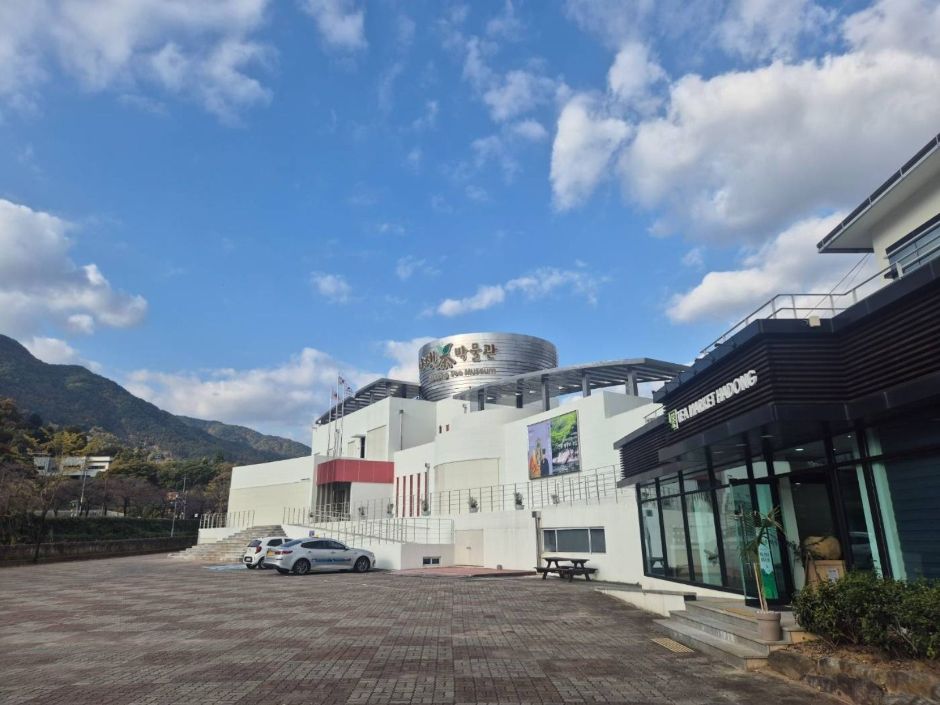
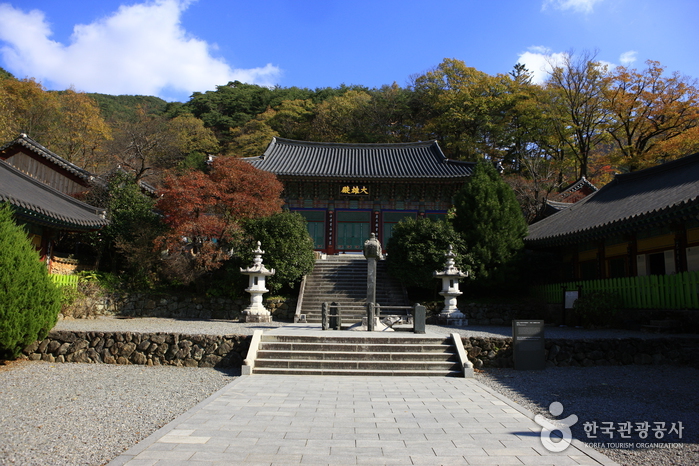
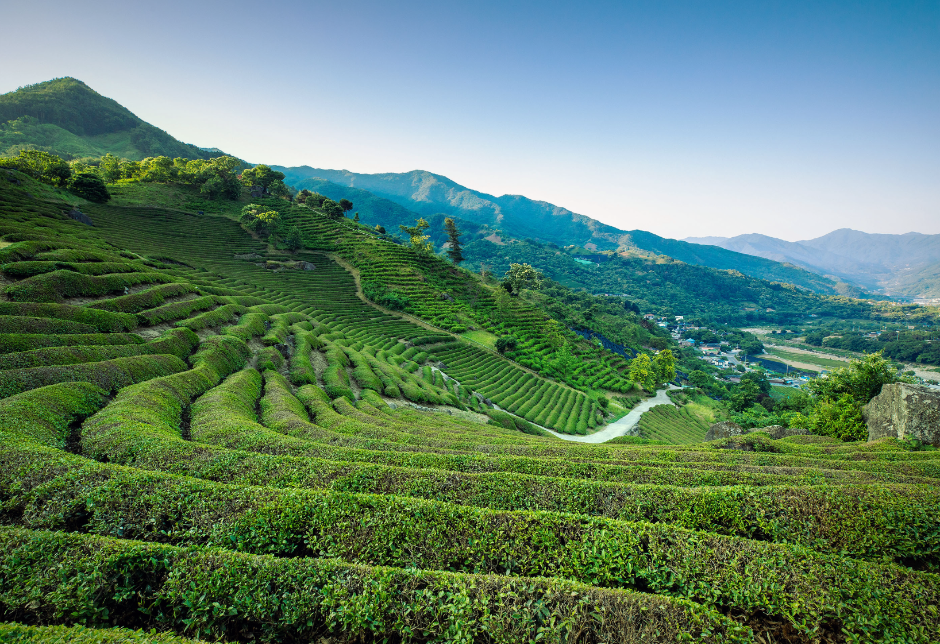
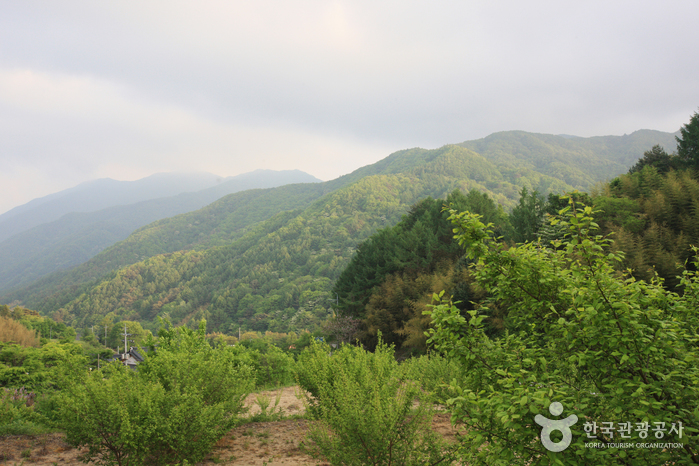
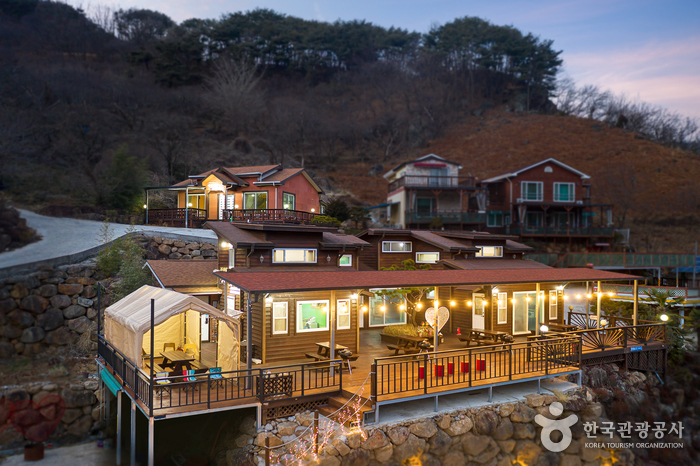
![Gabiwon Motel [Korea Quality]가비원모텔[한국관광 품질인증]](http://tong.visitkorea.or.kr/cms/resource/67/3009367_image2_1.jpg)
 English
English
 한국어
한국어 日本語
日本語 中文(简体)
中文(简体) Deutsch
Deutsch Français
Français Español
Español Русский
Русский